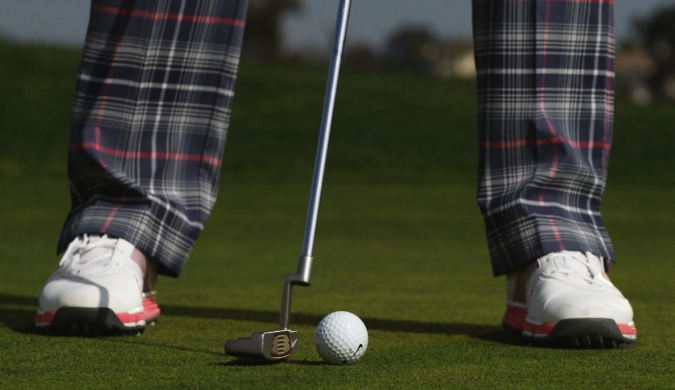Reductions in co-contraction following neuromuscular re-education in people with knee osteoarthritis
| Background. |
Both increased knee muscle co-contraction and alterations in central pain processing have been suggested to play a role in knee osteoarthritis pain. However, current interventions do not target either of these mechanisms. The Alexander Technique provides neuromuscular re-education and may also influence anticipation of pain.
This study therefore sought to investigate the potential clinical effectiveness of the AT intervention in the management of knee osteoarthritis and also to identify a possible mechanism of action.
| Methods |
A cohort of 21 participants with confirmed knee osteoarthritis were given 20 lessons of instruction in the Alexander Technique. In addition to clinical outcomes EMG data, quantifying knee muscle co-contraction and EEG data, characterising brain activity during anticipation of pain, were collected.
All data were compared between baseline and post-intervention time points with a further 15-month clinical follow up. In addition, biomechanical data were collected from a healthy control group and compared with the data from the osteoarthritis subjects.
| Results |
Following AT instruction the mean WOMAC pain score reduced by 56 % from 9.6 to 4.2 (P < 0.01) and this reduction was maintained at 15 month follow up. There was a clear decrease in medial co-contraction at the end of the intervention, towards the levels observed in the healthy control group, both during a pre-contact phase of gait (p < 0.05) and during early stance (p < 0.01).
However, no changes in pain-anticipatory brain activity were observed. Interestingly, decreases in WOMAC pain were associated with reductions in medial co-contraction during the pre-contact phase of gait.
| Conclusions |
This is the first study to investigate the potential effectiveness of an intervention aimed at increasing awareness of muscle behaviour in the clinical management of knee osteoarthritis. These data suggest a complex relationship between muscle contraction, joint loading and pain and support the idea that excessive muscle co-contraction may be a maladaptive response in this patient group.
Furthermore, these data provide evidence that, if the activation of certain muscles can be reduced during gait, this may lead to positive long-term clinical outcomes. This finding challenges clinical management models of knee osteoarthritis which focus primarily on muscle strengthening.
| References |
Reductions in co-contraction following neuromuscular re-education in people with knee osteoarthritis, Stephen J. Preece, Richard K. Jones, Christopher A. Brown, Timothy W. Cacciatore and Anthony K. P. Jones. BMC Musculoskeletal Disorders DOI: 10.1186/s12891-016-1209-2
| Further reading |
Current interventions in the management of knee osteoarthritis, Dinesh Bhatia, Tatiana Bejarano, and Mario Novo. J Pharm Bioallied Sci. 2013 Jan-Mar; 5(1): 30–38. doi: 10.4103/0975-7406.106561
Also see
Doomed Arthritic Knees Rotate More and Never Rest Rheumatology Network

